#history museums
Photo

Wall exhibit of various two-handed broadswords
Danish Middle Ages and Renaissance Exhibit
Danish History Museum
Copenhagen, Denmark
#history#historyblr#history museum#history museums#museum#museums#broadswords#history of weapons#weapons history#two-handed broadswords#historical swords#historical broadswords#swords#copenhagen#denmark#danish history museum#danish middle ages#middle ages
4K notes
·
View notes
Text
Have some Fun Pics from today's museum visits:






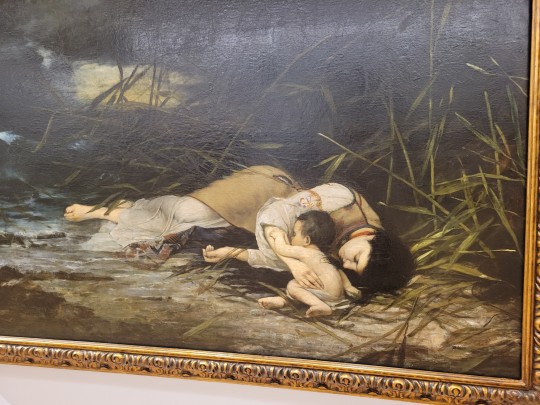


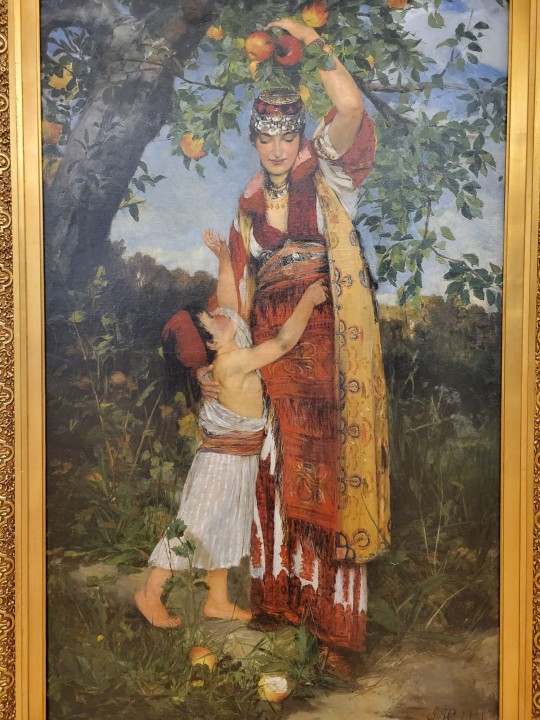
50 notes
·
View notes
Text


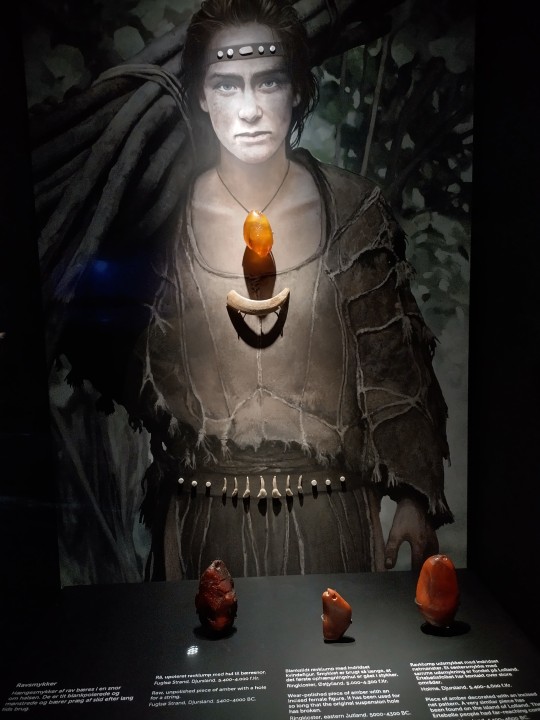
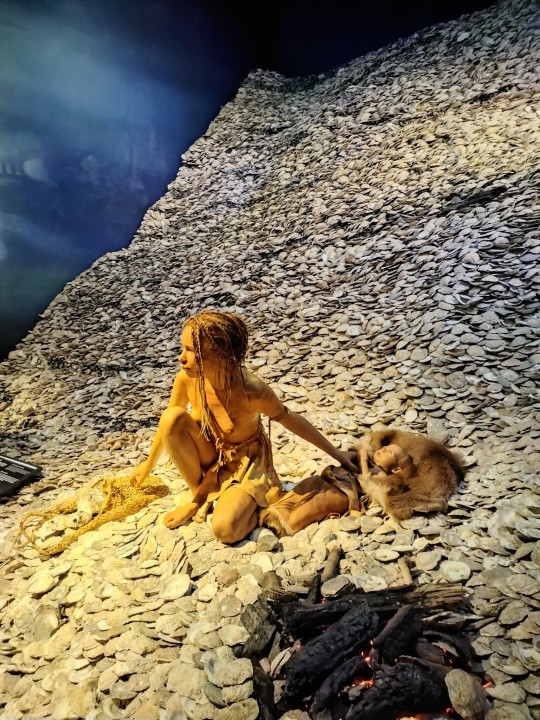
Moesgaard museum, Aarhus
It's one of my favourite museums because they dare to be experimental to tell history with archeological finds. They use wax figures, illustrations, music and even another kind of floor to give you the feeling like you are walking on bog ground. Around the bog ground are the finds from the bogs in Denmark. It begins in the stone age and it ends in the middle ages. There is now a small viking ship from Norway.
18 notes
·
View notes
Text
What should you do if you find an artifact (arrowhead, pottery shard, etc.), on US public lands?
This is a departure for me, but I recently saw a post here that suggested that if you found an artifact from the 1800s on federal land, you should take it to a museum.
PLEASE DON'T DO THIS!
If you find an artifact on public land, like a national park, please don't move it! Report its exact location to the agency that manages the land, like for a National Park, find the nearest park ranger.
Why?
Any time an artifact is moved, or removed, from its location, valuable information about that object is lost. Even if the object is returned, the context is destroyed.
Also, this is illegal, and most museums cannot accept artifacts collected illegally, i.e. on public land without a permit.
How do you know?
I studied anthropology & archeology in college, and then museum studies in grad school, so I'm fairly familiar with the major issues and US laws in question.
From the 1906 Antiquities Act which, among other things, first established penalties for removing objects from public lands, to the Native American Graves Protection & Repatriation Act, passed in 1990, which deals with the "repatriation and disposition of certain Native American human remains, funerary objects, sacred objects, and objects of cultural patrimony," US laws have increasingly provided care for natural and cultural objects found on federal land. (Laws concerning natural objects is a whole other subject, and mostly depends on which agency controls the land.)
This is a good thing! So, first of all:
What is an artifact?
Generally speaking, artifacts are things that people in the past made, purchased, collected, or left behind at archeological sites. Sometimes they're objects like arrowheads, but they can be more subtle traces of humanity, like bricks or wood from an ancient house. They might only be a few decades old, or they might be thousands of years old. (In other parts of the world, they may be hundreds of thousands of years old or older!)
What should you do if you find an artifact on public land in the US, including national parks, forests, BLM land, state parks, etc.?
Leave the artifact where you found it. Please don't pick it up, move it, throw it, put it in your pocket or your bag, or bury it.
Note & record your exact location. Snap a picture of the artifact where you found it. Step back and photograph the artifact with a landmark. Please don't post them on social media. (If you take a photo with a recent cell phone, it will automatically record the GPS coordinates if you have location services turned on. This information can be extracted from the original photo file.)
Report what you found. Show a park ranger your pictures and the location of the artifact. If you cannot find a ranger, or you're not on park service land, you can email your photos and findings to the Archeology or Cultural Resources division of the land's governing body. If you're not sure where to turn, I'd email your State Archeologist (Google your state + "office of state archeology") and ask for help.
The agency in charge will appoint an archeologist to properly investigate the site, conduct any necessary fieldwork, and recover and curate the artifacts (or convey them to a museum or other approved repository). Artifacts generally then become available to researchers for study, and sometimes for display in public exhibits.
More about what archeologists do
#archeology#ancient artifacts#cultural artifacts#national parks#national monuments#national forests#BLM lands#US laws#united states#I'm not very familiar with laws in other countries#but I know many have similar laws#museums#thanks for coming to my TED talk#history museums#natural history museums
11 notes
·
View notes
Photo

April 05, 1933-- FDR creates Civilian Conservation Corps
"On April 5, 1933, President Franklin D. Roosevelt establishes the Civilian Conservation Corps (CCC), an innovative federally funded organization that put tens of thousands of Americans to work during the Great Depression on projects with environmental benefits.
In 1932, FDR took America’s political helm during the country’s worst economic crisis, declaring a “government worthy of its name must make a fitting response” to the suffering of the unemployed. He implemented the CCC a little over one month into his presidency as part of his administration’s “New Deal” plan for social and economic progress. The CCC reflected FDR’s deep commitment to environmental conservation. He waxed poetic when lobbying for the its passage, declaring “the forests are the lungs of our land [which] purify our air and give fresh strength to our people.”
The CCC, also known as “Roosevelt’s Tree Army,” was open to unemployed, unmarried U.S. male citizens between the ages of 18 and 26. All recruits had to be healthy and were expected to perform hard physical labor. Blacks were placed in de-facto segregated camps, although administrators denied the practice of discrimination. Enlistment in the program was for a minimum of 6 months; many re-enlisted after their first term. Participants were paid $30 a month and often given supplemental basic and vocational education while they served. Under the guidance of the Departments of the Interior and Agriculture, CCC employees fought forest fires, planted trees, cleared and maintained access roads, re-seeded grazing lands and implemented soil-erosion controls. They built wildlife refuges, fish-rearing facilities, water storage basins and animal shelters. To encourage citizens to get out and enjoy America’s natural resources, FDR authorized the CCC to build bridges and campground facilities. From 1933 to 1942, the CCC employed over 3 million men.
Of Roosevelt’s many New Deal policies, the CCC is considered by many to be one of the most enduring and successful. It provided the model for future state and federal conservation programs. In 1942, Congress discontinued appropriations for the CCC, diverting the desperately needed funds to the effort to win World War II."
- History.com
This Civilian Conservation Corps Ring from 1940 can be found in the online collection of the National Museum of Forest Service History.
#this day in history#ccc#Civilian Conservation Corps#US Forest Service#Forest Service#Museums#history museums#PastPerfect#PastPerfect Online#Online Museum Collections#Montana Museums#US Museums#history#US History
5 notes
·
View notes
Text
One day you think: I want to die. And then you think, very quietly, actually I want a coffee. I want a nap. A sandwich. A book. And I want to die turns day by day into I want to go home, I want to walk in the woods, I want to see my friends, I want to sit in the sun. I want a cleaner room, I want a better job, I want to live somewhere else, I want to live.
#writing#chaotic aesthetic#dark acadamia aesthetic#dark academia#light academia#dark academia quotes#history#museums#studyblr#antiques
68K notes
·
View notes
Text

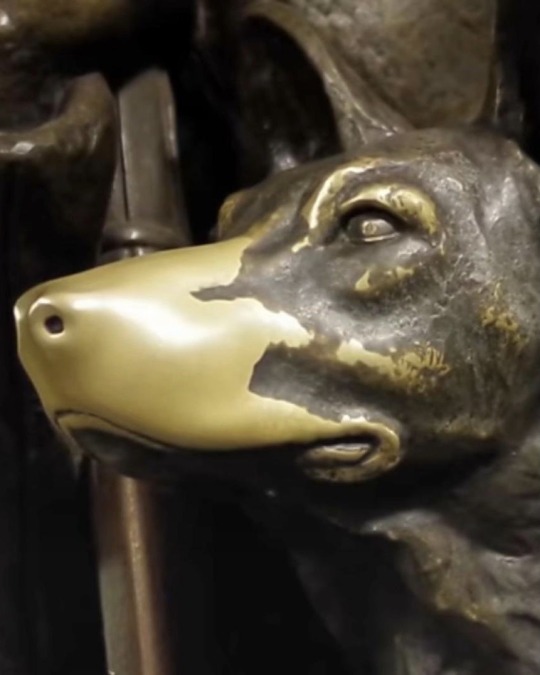
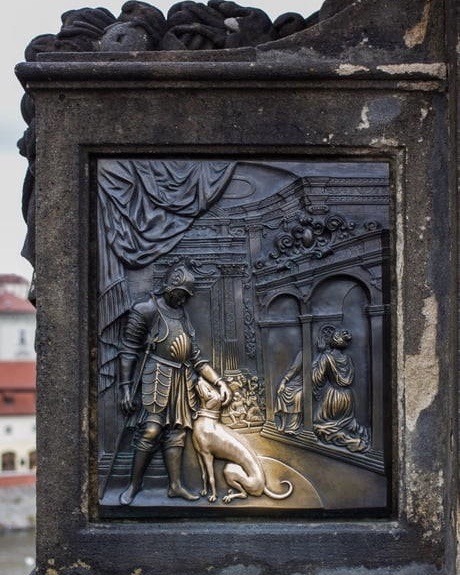

Dog sculptures turned golden from tourists petting them throughout the years
#sculpture#sculptures#art#architecture#classic academia#dark academia#art blog#dogs#traveling#travelcore#travel aesthetic#animals#art history#museumcore#wholesome#dog#museum aesthetic#artist#artblr#art community#classical art#artists#academia aesthetic#aesthetic#pets#pet
23K notes
·
View notes
Text
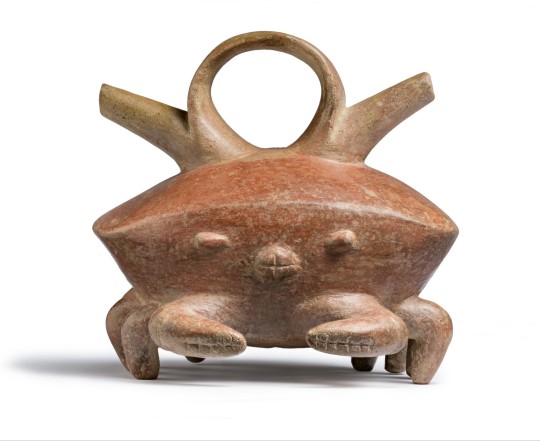

~ Crab Vessel with Double Spout.
Place of origin: Colombia, Calima Region
Period: Ilama Period
Date: 1500 B.C.-A.D. 100
Medium: Ceramics
#ancient#ancient art#history#museum#archeology#ancient history#archaeology#ancient pottery#pottery#south america#crab#crab vessel#calima#Colombia#pre columbian#Ilama Period#1500 b.c.#a.d. 100
16K notes
·
View notes
Text

3000 year old petroglyph of a man running away from a big snake. With erection. It is one of the many Rock carvings in Tanum, Sweden and was painted red so its easier for tourists to see.
Click for more artifacts
41K notes
·
View notes
Text
We have officially reached a viewership level that has never been obtained by another museum before! All of us at the Sacramento History Museum are in disbelief.
We would have never thought that our institution, a small nonprofit museum in Sacramento, California, could reach this many views, but we are incredibly thankful for all of those who take the time to watch our videos and for your support.
In this video, Howard letterpress printed a headline announcing “Sacramento History Museum Reaches One Billion Video Views On YouTube” while using our Washington hand press, which was manufactured in 1852!
#museum#history#sacramento#old sacramento#art#letterpress#printing#asmr#typography#youtube#printmaking
21K notes
·
View notes
Text

Alexandre Dubois-Drahonet: detail of Female nude, back view (1831)
#oil on canvas#paint#art#painting#alexandre dubois drahonet#classicism#art history#canvas#gallery#museum#aesthetic#french art#artist#french artist#art on tumblr#19th century art#19th century#paintings#fine art#academicism
9K notes
·
View notes
Photo

The Hercules exhibit in the Classical Antiquities section of the National Museum of Denmark includes figures from the Disney movie
135 notes
·
View notes
Text






Water painted by Ivan Aivazovsky (1817 - 1900)
38K notes
·
View notes
Text
YALL
13K notes
·
View notes
Text

2,300-Year-Old Plush Bird from the Altai Mountains of Siberia (c.400-300 BCE): crafted with a felt body and reindeer-fur stuffing, all of which remains intact
This artifact was sealed within the frozen barrows of Pazyryk, Siberia, for more than two millennia, where a unique microclimate enabled it to be preserved. The permafrost ice lense formation that runs below the barrows provided an insulating layer, preventing the soil from heating during the summer and allowing it to quickly freeze during the winter; these conditions produced a separate microclimate within the stone walls of the barrows themselves, thereby aiding in the preservation of the artifacts inside.
This is just one of the many well-preserved artifacts that have been found at Pazyryk. These artifacts are attributed to the Scythian/Altaic cultures.
Currently housed at the Hermitage Museum.
#archaeology#anthropology#history#artifact#artifacts#siberia#scythians#archeology#museum#amazing#interesting#stuffed animals#ancient history#prehistoric#crafting#felt art#art#prehistoric art#hermitage museum#human nature
45K notes
·
View notes
Photo

October 31, 1950 - Earl Lloyd becomes first Black player in the NBA
"On October 31, 1950, 21-year-old Earl Lloyd becomes the first African American to play in an NBA game when he takes the court in the season opener for the Washington Capitols.
Lloyd grew up in Jim Crow Virginia and went to West Virginia State, where he was the star of the school’s championship basketball team. He didn’t know he’d been drafted by the NBA until he ran into a friend on campus who told him she’d heard a rumor that he’d be moving to Washington. It turned out that the Capitols had picked him in the ninth round of the draft. Two other Black players joined the NBA that season—the Celtics drafted Chuck Cooper in the second round and the New York Knicks got Nat “Sweetwater” Clifton from the Harlem Globetrotters—but the Knicks and the Celts didn’t start their seasons until November. As a result, Lloyd became a coincidental pioneer: the first Black player to make his debut in the NBA.
Joining an all-white team was intimidating, Lloyd remembered, but his teammates—most of whom had played on integrated college teams—were immediately welcoming. Some fans, however, were less kind. As the announcer read the Capitols’ lineup on that first night of the season, a white man in the front row used a racial slur.
After seven games with the Capitols, Lloyd was drafted into the military and sent to Korea for two years. When he returned to the United States, the Capitols had gone out of business, and so he went to play for the Syracuse Nationals (who later became the Philadelphia 76ers). He wrapped up his nine-season career in Detroit. After he retired from playing, he stayed in the Motor City, serving as a scout and then as an assistant coach for the Pistons. In 1970, he became the first full-time black head coach in the league. He coached the Detroit team for a year, and then went on to work for the city, in the police department and as a school administrator. He was inducted into the Basketball Hall of Fame in 2003. He died in 2015."
- History.com
This Month in History:
October 1, 1890 - Yosemite National Park established
October 7, 1985 - Lynette Woodard becomes first female Harlem Globetrotter
October 24, 1901 - First barrel ride down Niagara Falls
October 28, 1904 - New York City subway opens
This biography of Earl Lloyd and other photographs can be found in the online collection of Historic Alexandria.
#Museums#Virginia Museums#african american history#basketball#history museums#pastperfect#pastperfectonline#this day in history#this month in history
3 notes
·
View notes